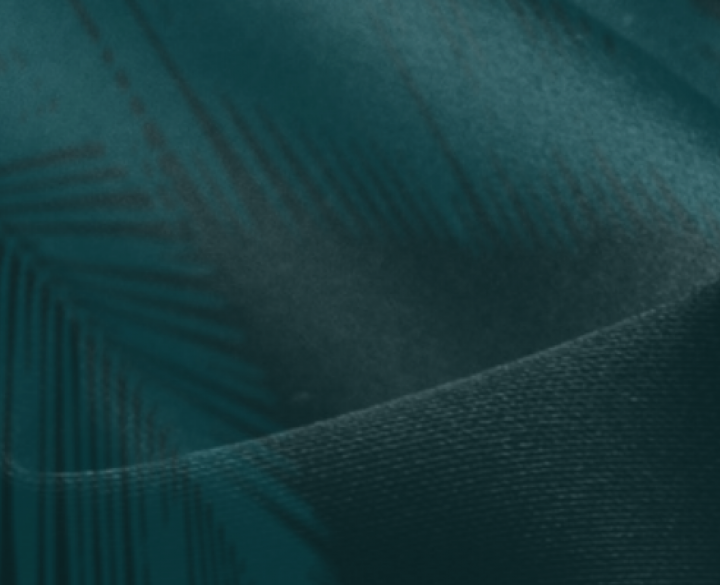Applicant: CALCUTTA
Inventor: Carine THIENPONT
Patent application number: WO2022/175882 A1
The problem
A rolled-up carpet is voluminous, heavy, long, and therefore almost impossible to handle by a single parcel deliverer. The elongated shape makes it difficult to arrange a rolled-up carpet among all the other parcels in a delivery van. As a result, the online sale of a carpet is practically not feasible, for it requires a specialized delivery service.
Storage is another issue. As a result, once a carpet has been installed in a room, it will only be replaced when it is worn out. It is difficult to replace carpets temporarily or long-term by another carpet to obtain a different room decoration.
A traditional carpet is also difficult to clean. It can be vacuumed or cleaned with a detergent, but only on one side. Because it takes a long while to dry, there is a risk of moisture damage to the carpet. A foldable carpet could solve many of the above-mentioned drawbacks.
The solution
The present invention relates to a foldable carpet for residential, office and commercial buildings and comprises a flat weave fabric.
The great advantage of such a carpet is that the flat weave fabric comprises two groups of floats (floating yarns). Due to their limited length, floats from the first group provide a strong and sturdy fabric. Due to their longer length, floats from the second group provide a flexible and foldable fabric. Because the flat weave fabric comprises floats from the first group and floats from the second group, a foldable carpet is obtained which is both sturdy and dimensionally stable, as well as sufficiently flexible to be foldable.
A specific preferred form of the invention relates to a device. According to this preferred form, edges of the foldable carpet are formed by fusing warp yarns and weft yarns together at said edges. Traditionally, edges of a carpet are overlocked. Overlocking is the provision of an edging by means of a yarn. Alternatively, the edges of a carpet are folded over and sewn together. In both cases, a stiff edge is obtained that hinders the folding of the carpet. Because the edges of the foldable carpet are formed by fusing warp yarns and weft yarns together at the said edges, very thin edges are obtained, which are essentially no thicker than the flat weave fabric of the foldable carpet and do not hinder the folding of the carpet. It is also advantageous that by fusing the warp yarns and weft yarns together at the said edges, the foldable carpet is prevented from fraying at the edges.
It is also advantageous that edges of the foldable carpet do not fray when the carpet is washed in a washing machine.
The present invention also relates to a method. This method has the advantage, among others, that by weaving and cutting a flat weave fabric a foldable carpet with a low weight is obtained, which is not susceptible to wear or breakage, and which is dimensionally stable. It is also advantageous that the method does not introduce visible fold lines in the foldable carpet.
Finally, the present invention relates to a use. This use results in advantageous tailor-made carpets. The tailor-made carpets can be cut to size from a flat weave fabric on order and finished with a specific print according to a customer’s wishes, after which the tailor-made carpets are folded, packed in a box, and delivered to the customer by a parcel service.
This makes it practically feasible to offer a tailor-made carpet online and to deliver it at short notice. If a different decoration of a room is desired, temporarily or for a long time, the tailor- made carpet can be put back in the box and stored. An additional advantage is that the carpet can be folded and washed in a washing machine.




